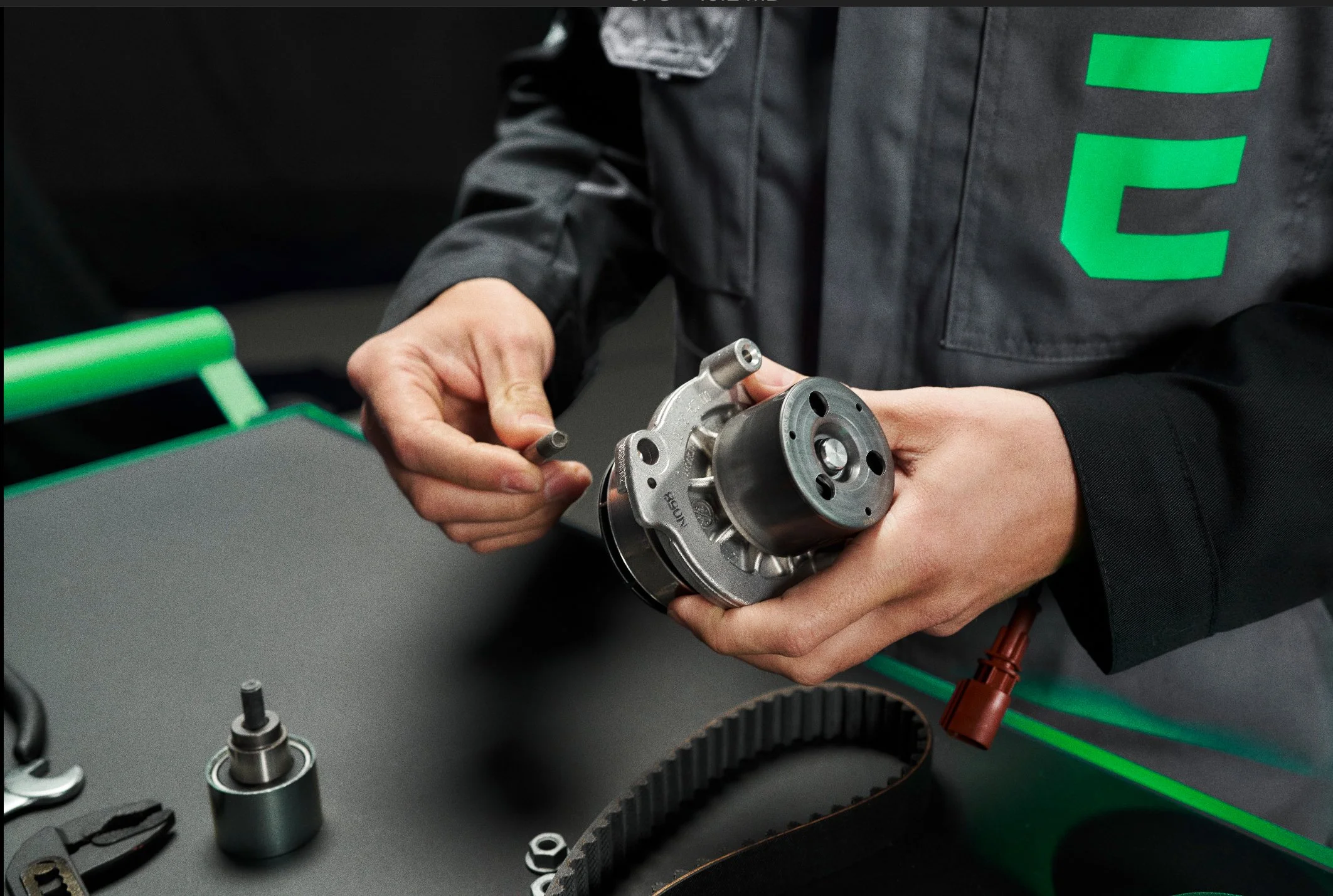5 common mistakes when installing a Turbocharger
Turbochargers have transformed modern motoring, significantly boosting the power and efficiency of internal combustion engines. By using exhaust gases to drive a compressor, turbocharged systems deliver improved fuel economy, making them an increasingly popular choice for vehicle manufacturers. However, while the technology offers clear benefits, installing a turbocharger is a complex process that demands precision, technical expertise, and attention to detail.
Anyone who has worked with turbochargers understands that even the smallest installation error can lead to serious, costly engine damage. Issues such as restricted oil flow, mismatched gaskets, or leftover contaminants can not only reduce performance but also result in permanent failure.
In this article, we explore the five most common mistakes made during turbocharger installation and offer practical advice on how to avoid them.
Why Turbocharger Installation Requires Special Care
Installing a turbocharger involves far more than simply replacing a component. It requires a full diagnostic assessment of all systems connected to the turbo, including the lubrication, intake, and exhaust systems. Each of these must operate flawlessly to ensure the new turbo functions properly and reliably. Even the slightest deviation from optimal conditions can lead to poor performance or shorten the turbo’s lifespan.
The process also demands specialist tools and a strict adherence to the manufacturer’s guidelines. For example, incorrect bolt torque or misalignment of the oil inlet can lead to leakage or blockage. That’s why it’s critical that the installation is carried out by a qualified, experienced technician.
The Five Most Common Turbo Installation Errors
1. Improper Sealing of Joints
A frequent mistake is the use of silicone sealant on turbocharger oil connections. While it might seem like a quick fix, silicone is completely unsuitable for this application. It can break away and block oil passages, leading to bearing seizure and often total turbo failure.
Professional installation should always involve a high-quality gasket kit and gaskets designed for the specific model. These provide a secure seal without contaminating the oil system. Gasket alignment is also vital; even a small offset can restrict oil flow, resulting in leaks and accelerated wear.
2. Failure to Remove Safety Caps
Transport plugs are designed to protect the turbo’s internal components during shipping and storage, but they must be removed before installation. Overlooking these caps, especially by inexperienced fitters, can completely obstruct oil flow.
This kind of oversight leads to immediate catastrophic failure of the turbocharger. To avoid this every part should be carefully inspected before assembly to ensure that all transport plugs and safety caps are removed. A final visual check before engine start-up is always a smart precaution.
3. Contaminants Left Behind from a Previous Failure
When a previous turbocharger has failed, it’s essential to thoroughly clean the surrounding systems before fitting a replacement. Debris from damaged bearings, metal shavings, and rotor fragments can remain in oil lines, intercoolers, or intake pipes and will quickly compromise a new turbo if left unaddressed.
A proper installation process includes flushing oil lines, cleaning the intercooler, and replacing vulnerable components if necessary. Many workshops now use specialised cleaning agents to eliminate even the smallest contaminants.
4. Neglecting the Oil System
The oil system is critical to both lubricating and cooling the turbocharger. Neglecting oil changes, using the wrong type of oil, or ignoring low oil pressure can severely reduce the turbo’s lifespan.
Before fitting a new turbo, always replace the oil with fresh lubricant that meets the vehicle manufacturer’s specifications. A new oil filter should also be fitted to ensure a clean flow of oil. It’s essential to confirm that both the oil feed and return pipes are clear and unblocked, and to check the system’s oil pressure before restarting the engine.
5. Failing to Identify the Root Cause of Previous Failures
Replacing a turbo without identifying why the original failed is one of the costliest mistakes. Issues such as faulty injectors, clogged air filters, blocked exhausts, or defective EGR valves can all contribute to premature turbo failure and will quickly damage the replacement unit if not addressed.
To avoid this, a full diagnostic check of all interconnected systems should be conducted. By correcting root problems, whether that’s a restriction, a leak, or a malfunctioning component, you ensure the long-term performance of the new turbocharger. It’s also worth reviewing other engine systems that could indirectly affect turbo operation.
Summary
Each of these installation mistakes can lead to expensive and avoidable turbocharger failures. Taking care during fitting, using quality components, and maintaining related systems are all essential to reliability and performance. It is also important to remember the long-term business impact that installation mistakes can have, such as damage to reputation, costly warranties, and loss of future business. Remember: the turbocharger is at the heart of an efficient engine, so invest the time and attention to get it right.

